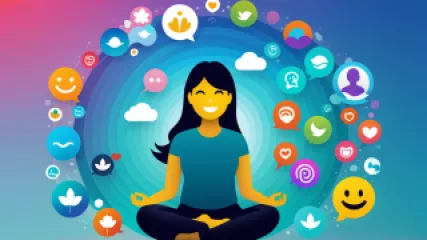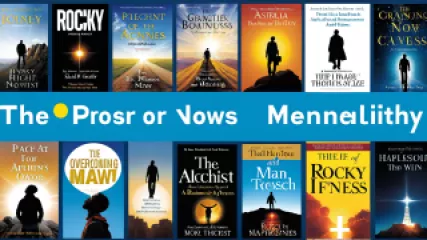Mastering Emotional Agility: A Step-by-Step Guide
1 year ago
Developing Emotional Agility
Insights from a Child Psychologist: Virtual Therapy for Kids
1 year ago
Child Psychology
Effective Strategies for Preventing Burnout in the Workplace
1 year ago
Burnout Prevention
Top 10 Ways to Reduce Stress and Anxiety
1 year ago
Stress vs Anxiety
Top 10 Surprising Benefits of Digital Nature Wellness Sessions
1 year ago
Benefits of Nature
Mastering the Psychology of Belief Transformation
1 year ago
Psychology of Belief
Effective Coaching Strategies for Rural Mental Health
1 year ago
Mental Health in Rural Areas
Empowering Lessons on Overcoming Victim Mentality
1 year ago
Overcoming Victim Mentality
Top 10 Teenager Counseling Services You Need to Know
1 year ago
Adolescent Counseling
Expert Insights on Enhancing Relationship Communication
1 year ago
Improving Relationship Communication
The Transformative Power of Art Therapy for Depression
1 year ago
Healing Through Art
Top 10 Bipolar Disorder Online Support Groups
1 year ago
Bipolar Disorder
5 Lessons About Sleep and Mental Wellness from a Bestselling Novel
1 year ago
Sleep Importance
How to Use Positive Reinforcement for Personal Growth
1 year ago
Positive Reinforcement














